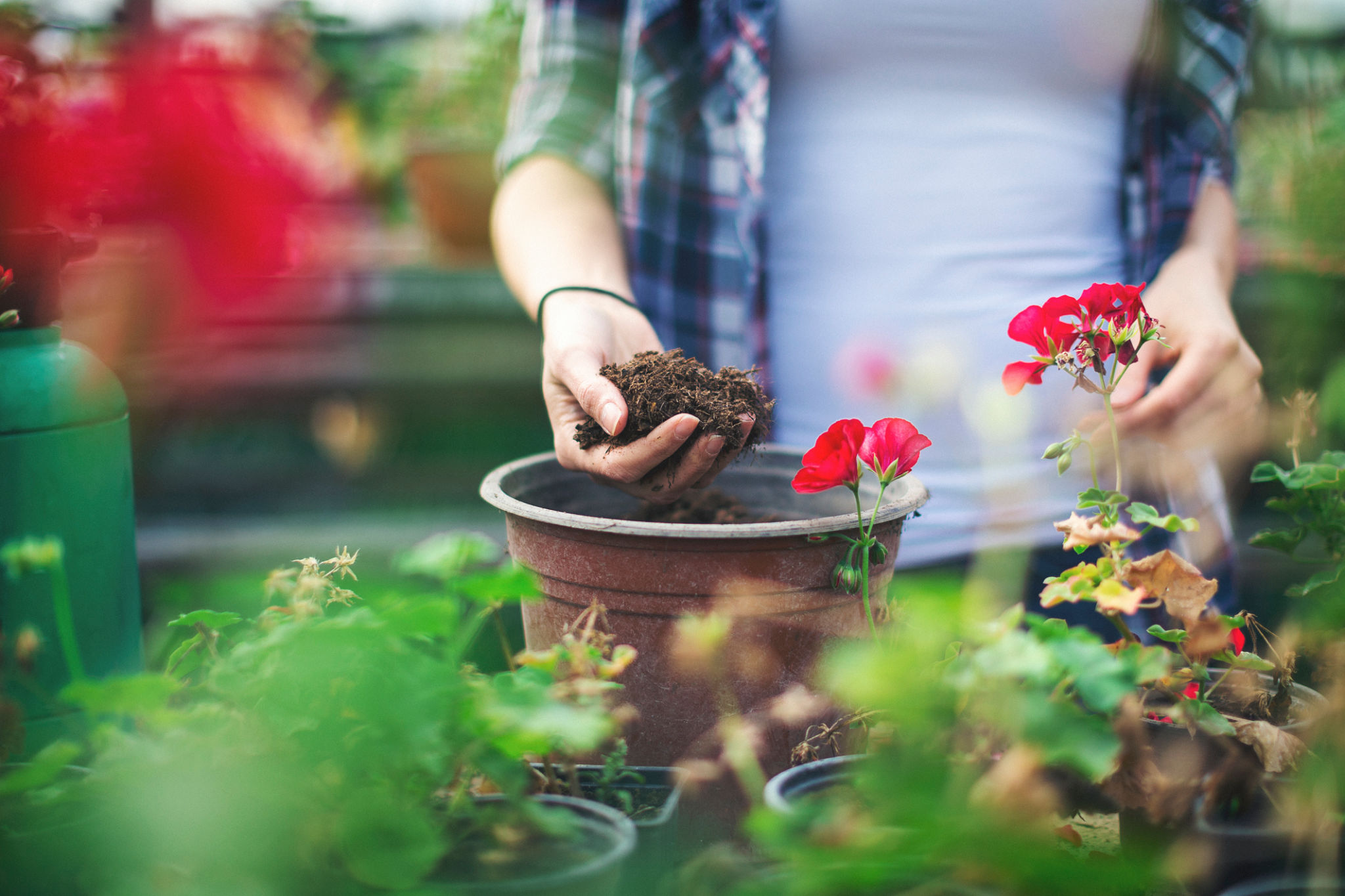Expert Advice: Common Landscaping Mistakes to Avoid
Understanding Your Space
One of the most common mistakes in landscaping is not understanding the specific characteristics and limitations of your space. A successful landscape design requires a careful assessment of the area, including soil type, climate, and available sunlight. Before planting, it's crucial to understand these factors to ensure the longevity and health of your plants.
It's also important to consider the topography of your yard. Slopes, natural water paths, and drainage issues can all affect plant growth and health. Ignoring these elements can lead to problems like soil erosion and waterlogging.

Choosing the Right Plants
Another frequent mistake is selecting plants that are not suitable for your climate or soil conditions. It's easy to be tempted by the beauty of exotic plants, but they may not thrive in your environment. To avoid this, opt for native plants that are adapted to local conditions. They require less maintenance and are more resilient to local pests and diseases.
Additionally, homeowners often overlook the mature size of plants. It's crucial to consider how large a plant will grow to prevent overcrowding and competition for resources. This foresight will help maintain a balanced and harmonious garden.

Ignoring Maintenance Needs
Many people underestimate the maintenance required for a beautiful landscape. Regular tasks like pruning, watering, and fertilizing are essential for plant health. Neglecting these responsibilities can lead to overgrown or unhealthy plants, detracting from the aesthetic appeal of your landscape.
Consider installing an irrigation system to make watering more efficient and consistent. Automated systems can save time and ensure plants receive the right amount of water, reducing the risk of over or under-watering.

Overlooking Soil Health
Soil health is often overlooked in landscaping, yet it's a critical factor for plant growth. Compacted or poor-quality soil can hinder root development and nutrient uptake. To improve soil health, incorporate organic matter like compost or mulch, which enhances soil structure and fertility.
Conducting a soil test can provide valuable insights into the nutrient levels and pH balance of your soil. This information helps in choosing appropriate fertilizers and amendments to optimize plant growth.
Poor Planning and Design
A well-thought-out design is the backbone of any successful landscape. Poor planning can result in a disorganized layout that lacks cohesion and functionality. Begin with a clear vision of how you want your outdoor space to look and function, considering elements like pathways, seating areas, and focal points.
Incorporate a variety of textures, colors, and plant types to create visual interest. Balance is key; too much variety can result in a chaotic look, while too little can make the space appear monotonous.

Neglecting Hardscape Elements
Hardscaping elements such as patios, walkways, and retaining walls are often neglected in favor of plants. However, they play a crucial role in the overall functionality and aesthetics of your landscape. Well-designed hardscapes provide structure, improve accessibility, and enhance the usability of your outdoor space.
Choose materials that complement your home’s architecture and landscape style. Proper installation is essential to ensure durability and longevity, so consider hiring professionals for complex projects.
By avoiding these common landscaping mistakes, you can create an outdoor space that is both beautiful and functional. With careful planning and regular maintenance, your landscape will thrive and add value to your property for years to come.
